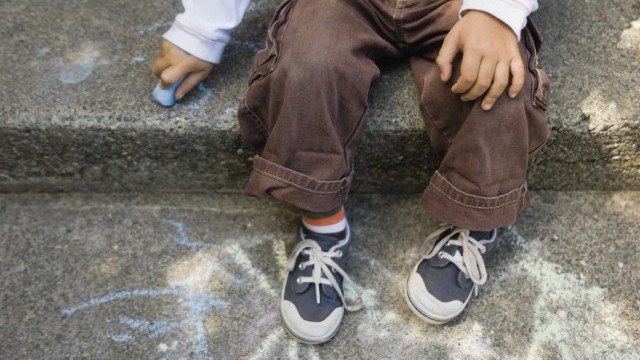The most readily apparent inference to be drawn is the significant role that schools play in this reported decline. The hows and whys are evident. Creativity is based on thinking unconventionally, having time to daydream or simply reflect, understanding that there is no single right answer, and appreciating and valuing failure. All of these experiences run counter to what's measured, and thus valued, in the public school system. This conflict is precisely what reformers seek to resolve, although the strategies have been somewhat vague.
Because schools must work with large numbers of students, they're perpetually bound by the limitations of bureaucratic efficiency. Discipline, order, and obedience must be maintained, and while the degree of enforcement varies among schools, this level of order defines the institution. Curricula may have dramatically changed since the inception of compulsory schooling, but the autocratic design remains unchanged.
Because of the emphasis on maintaining order in a compulsory school environment, teachers are compelled to adopt policies that adhere to the rigid requirements of the institution. And in turn, students who embrace conformity and deference to authority are better-suited in these environments. For teachers to engage with an entire classroom of students, everyone must be acquiescent. The inevitable outcome, as studies consistently show, is a widespread aversion to traits associated with creativity in the public school environment.
Even more disturbing is that characteristics associated with creativity, such as being impulsive and taking risks, are closely aligned with what the American Psychiatric Association considers to be symptoms of ADHD. In the school environment, creativity can be considered pathological behavior as opposed to the compliant traits of being reliable, sincere, good-natured, responsible, tolerant, and peaceable -- the qualities associated with the lowest levels of creativity. Further discordance between school structure and creative displays is revealed by the finding that creative students tend to cheat more than their less creative classmates.
TURNING SCHOOL UPSIDE DOWN
Promoting creativity would require an entirely new conception of public schooling. Teachers would have to be transformed into mentors whose mission would be to support the individual interests of each child and introduce them to new ideas and possibilities, which the student may or may not opt to embrace. Traditional testing would have to be eliminated -- tests implicitly teach that failure is bad and that there is only one right answer. Creative learning would be more effectively promoted by having students actively engage in their creative pursuits as opposed to being confined to a classroom.
It's worth noting that learning environments with these features already exist. For example, democratic schools such as Sudbury Valley and Summerhill provide environments where students are responsible for deciding what and how they learn, who they associate with, and what activities they want to pursue. The staff acts as mentors to support students as opposed to directing their thoughts and behavior. Roughly thirty democratic schools exist in the U.S. and while this may not be appropriate for every child, studies have shown that this climate promotes creative traits.
Given these circumstances, the idea of teaching creativity in an environment that requires assessment, evaluation, and grading seems unlikely, if not impossible. Even where opportunities to show creativity might be devised, students may be inclined to self-censoring: A student who wants a good grade may not feel completely free to produce something that might be offensive.
So what’s the result? Creativity scores decline, and school administrators wonder why their efforts towards boosting creativity have failed. What’s more, the paradox of expecting students to exhibit creativity in an environment that suppresses such displays becomes a breeding ground for neurotic children.
Barring a much-needed reinvention of the education system, there are steps that can be taken to promote creativity within the existing paradigm. Teachers can learn to recognize and respect that the child who cannot cope with the classroom environment might not be belligerent or have a mental disorder, but rather may simply have a creative disposition. Educators can also explain honestly to their students that the work they’re doing in school may not foster creativity, but that they do believe in every students’ innate capacity to be truly creative.
That kind of honesty will go a long way in enabling students to appreciate their innate creativity and provide them with greater fortitude and resources when engaging in creative pursuits outside of school.
Cevin Soling is the director of the documentary The War on Kids.


